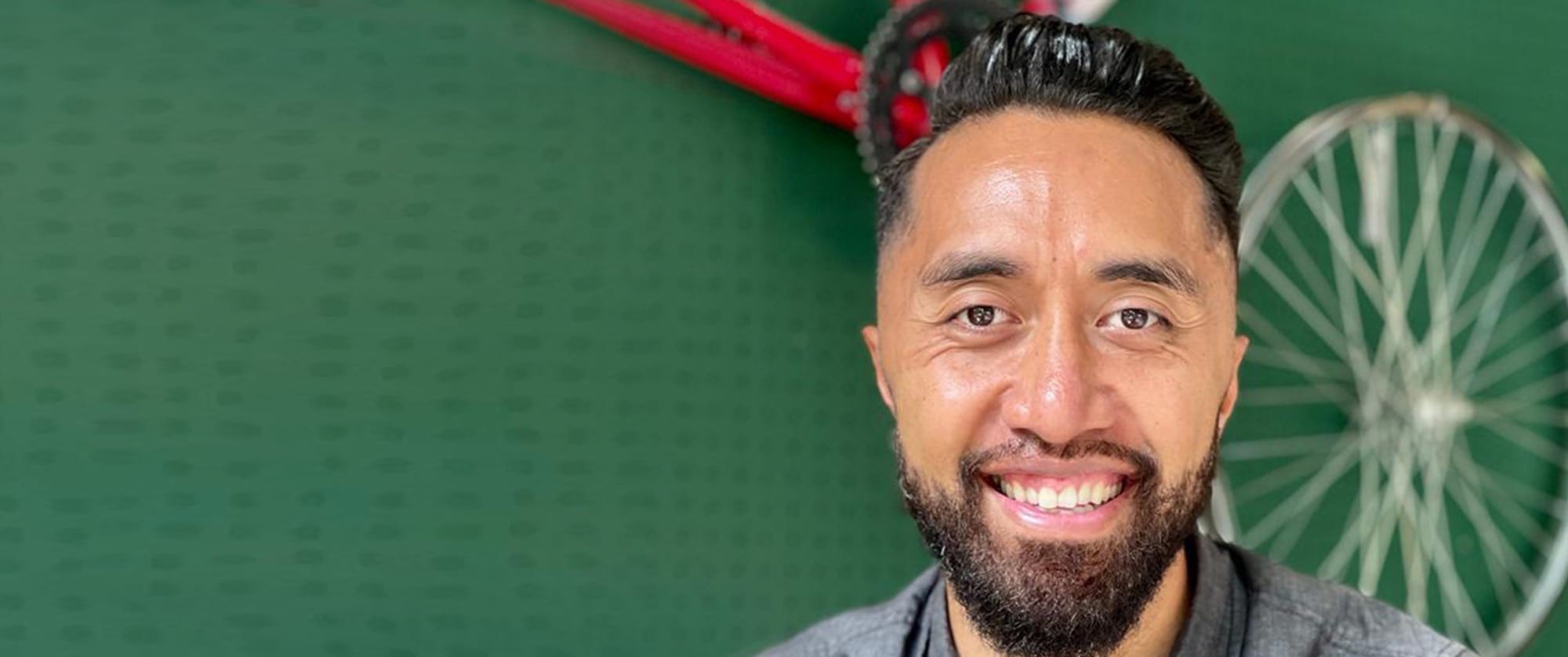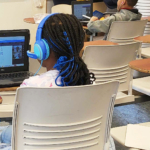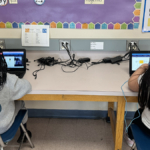Formerly a member of the Ignite! Reading tutor team, Ron Mona was recently promoted to full-time Implementation Specialist. In this Q&A, Ron shares his path from tutoring to working for Ignite—and the advice he’d give new tutors.
Q. What got you interested in tutoring?
My career started in China. I lived there for 13 years starting in 2008. I met my wife there, we had our kids there, and my first job was at a nonprofit that put on events and programs for expats, helping them transition to life in China. Later, I switched to working in admissions for the school my kids attended, and ultimately, I became the head of admissions and marketing for an international school.
Over time, China became more restrictive, and tensions started growing between the U.S. and China. We became concerned about living there, so we moved to Guanajuato, Mexico in 2021 within three weeks of making our decision to leave China.
After our move, I took on all of the household duties and childcare, but once our family was settled, I found myself getting restless. We were out to brunch one day and a friend told me about her work as an Ignite tutor, and she suggested I look into it. That’s how I was introduced to tutoring.
Q. Have you ever tutored or taught prior to tutoring for Ignite?
I had never tutored, had never been a teacher, but I’ve worked in schools, and I’m a parent. I know kids. The only thing I had trepidation about was the curriculum. The way I understood tutoring was that you were supposed to figure out your own curriculum. When I learned more about Ignite, I was surprised and then relieved! My friend explained Ignite’s model—that I had to learn six protocols and a set number of lessons—and repeat those. Learning the curriculum was like learning a script, and that sounded manageable.
In my life, I have also learned the value of owning your own education. If you can’t read, there is so much of life you can’t participate in. I experienced that first-hand in China, knowing there was a whole world I couldn’t access because I couldn’t read the language. Becoming a tutor would allow me to teach kids to become confident readers so they could own what they learn. If they didn’t know something, they could go out and find it.
Q. What role did tutoring play in your work life? Was it your main job or a side job?
My plan was to tutor the entire time my kids were in school during the day. I started with six students, then I had 10, then 12, until I ended up with 23 a day (six hours a day). My goal was to get to 34 kids. I used to email the Ignite team all the time, show them my open time slots and ask for more hours of tutoring.
Q. You recently accepted a full-time position at Ignite as an Implementation Specialist. How did that come about?
After becoming a tutor, I realized I really wanted to become a part of Ignite’s mission. It’s horrible that only 33% of fourth graders read on grade level. I wanted to be part of creating a community of tutors who are not only well trained, but “ignited” to work every day. When I saw the Implementation Specialist position open up, I knew it was a job where I could apply my skills and have room to grow.
Q. What were some of the valuable things you learned as a tutor?
Mindset. Having the right mindset is a necessity when you have hard days. I had some difficult students, and remembering “why” I was doing this before getting on video with them was important. One student was all over the place, and I reminded myself that there was a reason he was in Ignite—I did not want to be another reason he didn’t like reading. As the tutor, you’re in charge of creating the atmosphere. Whatever happened with him during the session, I set my mind to figuring it out.
Q. Any advice you’d give to tutors about how to get the most out of Ignite?
Ask questions and participate. During the certification, I would sometimes hold back from asking questions. But you should really put on a learner’s hat. I’d also tell tutors to think about what legacy you want to leave students with aside from reading since you are going to be with them for the whole year. For me, it was creating a positive experience for my students and helping them have a can-do attitude. I had one student, Charlotte, who started off saying, “I hate reading.” After a while of working with her and constantly encouraging her by saying “you can do this, you can do this,” I asked her, “What does reading fluently look like?” She replied, “Reading confidently.” That response made my year. It paid off.



